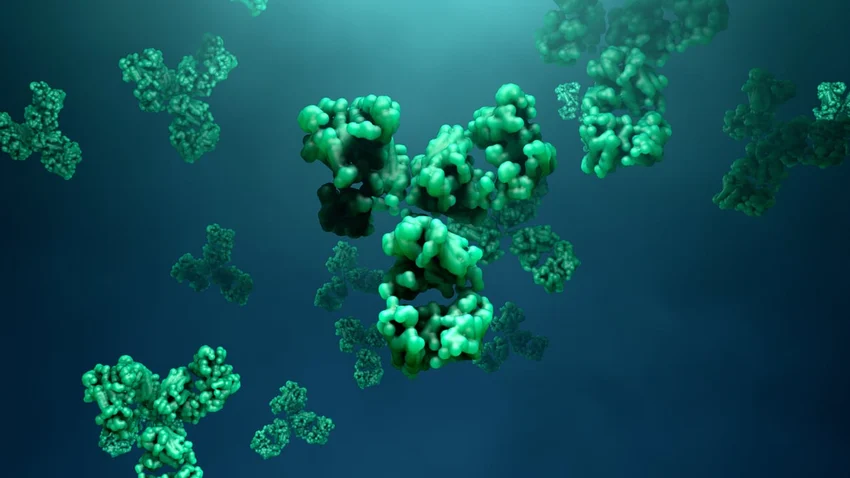Biopharmaceuticals are prescribed increasingly for treating multiple diseases such as neurological, metabolic, hematological, autoimmune, oncological, and other diseases. Biopharmaceuticals are primarily proteins and peptides specific to targets that can modulate disease mechanisms. Generally, biopharmaceuticals offer a favorable benefit-to-risk ratio for patients with severe conditions. However, one crucial obstacle in treatment with biopharmaceutical drug products is the development of immunogenicity.
Immunogenicity testing is a multi-tiered approach beginning with screening assays, followed by confirmatory assays, and finally ADA titer assay. Neutralizing antibody assays are a crucial component of confirmatory assays that evaluate the neutralizing capacity of antidrug antibodies. The current article discusses NAb analysis in biopharmaceutical drug development.
Importance of neutralizing antibody assays in biopharmaceutical drug development
Immunogenicity refers to unwanted immune reactions against a biotherapeutic drug product. These unwanted immune reactions are when the body perceives a biological product as non-self and elicits an immune response against it. Researchers assess this drug-specific immune reaction by determining the presence of antidrug antibodies. Antidrug antibodies (ADA) can bind specifically to the biopharmaceutical drug product and neutralize and eliminate it from the body. Due to its inherent properties, most biopharmaceuticals are immunogenic, with the incidence of ADA exceeding 90%. Generally, ADA can be clinically benign. However, a subset of patients generating antidrug antibodies can experience adverse events influencing the safety and efficacy of the biopharmaceutical drug product. Notably, ADA incidence can vary among different patient populations and even the same class of drug products, making it challenging to predict drug immunogenicity in preclinical and clinical testing.
Must Read: CLINICAL APPLICATIONS OF LC-MS DRUG TESTING: THERAPEUTIC DRUG MONITORING AND PHARMACOKINETICS
Neutralizing antibodies NAb are a subset of antidrug antibodies that bind to the drug molecule and inhibit its pharmacological action. On the other hand, non-neutralizing antibodies are the ones that bind to the drug molecule but do not affect its target binding and thus, its pharmacodynamic activity. After the primary screening ADA antibody assay, researchers focus on determining the neutralizing capacity of antidrug antibodies, especially for short half-life drugs or the ones with endogenous and identical counterparts.
NAb analysis is a crucial component of ADA assay development and ADA validation. Neutralizing antibodies can inhibit drug activity, but non-neutralizing antibodies do not affect the pharmacodynamic activity even after binding to the product. However, non-neutralizing antibodies can reduce clinical efficacy by lowering systemic exposure and increasing drug clearance. Both neutralizing and non-neutralizing antibodies can form immune complexes that are cleared through the reticuloendothelial system. However, for biologics with a longer half-life, it is a misconception that only neutralizing antibodies are clinically relevant. Both neutralizing and non-neutralizing antibodies will have a similar impact on efficacy because of the rapid clearance of antibody-antigen complexes.
For relatively short-term half-life biologics, neutralizing antibodies can influence efficacy even when they are bound with immune complexes. Nonetheless, some rare drug-sustaining antidrug antibodies have been found that are non-neutralizing but have extended biological half-life. This extended half-life delays clearance and hence has clinical effects substantially distinct from the ones generated by antidrug antibodies. In conclusion, similar to tox studies, NAb analysis is a crucial component of ADA titer assay and is necessary to evaluate the neutralizing capacities of antidrug antibodies.

